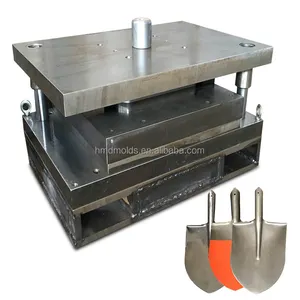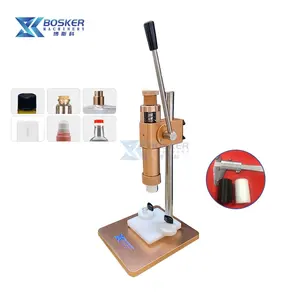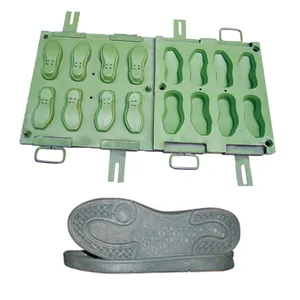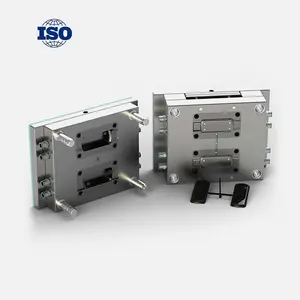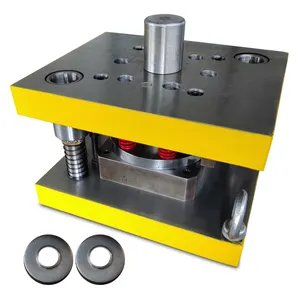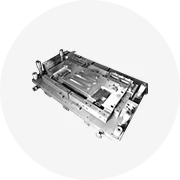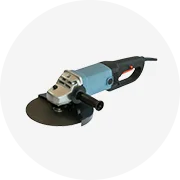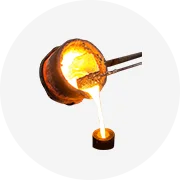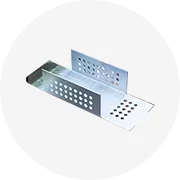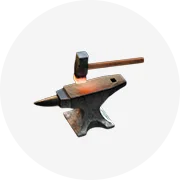Popular in your industry







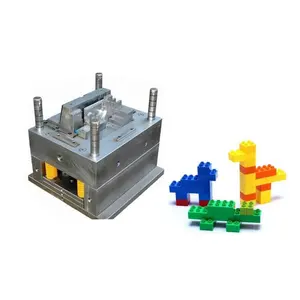


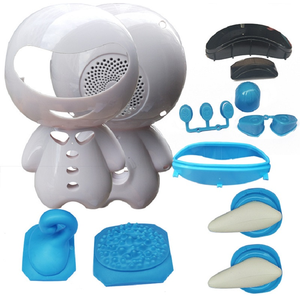



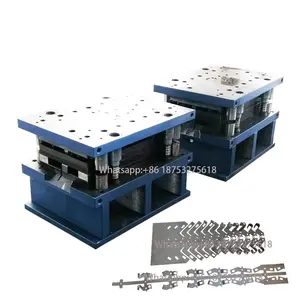


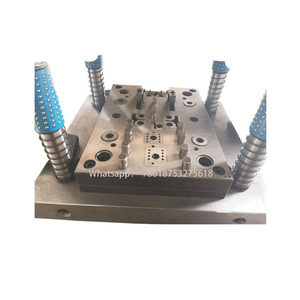













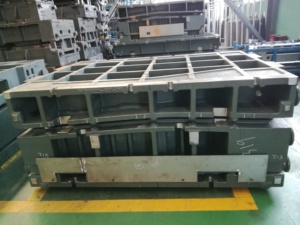















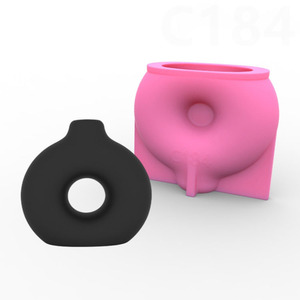

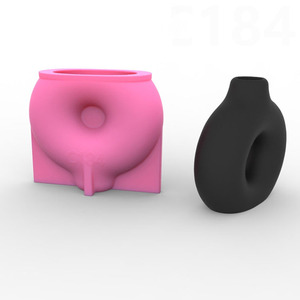

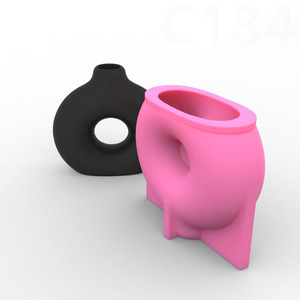
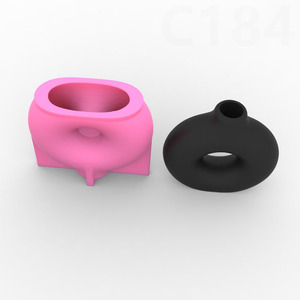



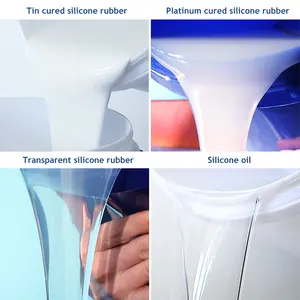






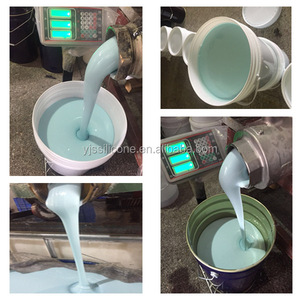

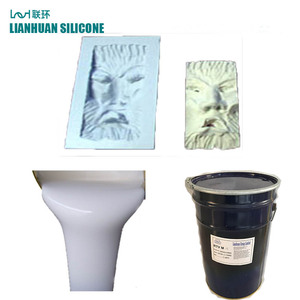





Related Searches:


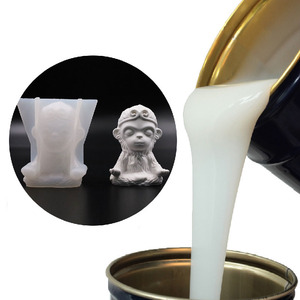


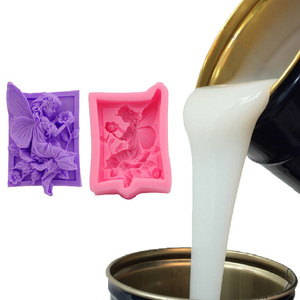

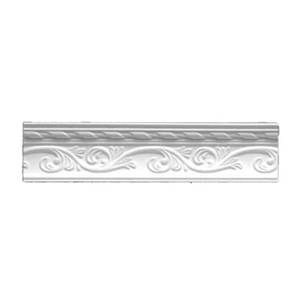




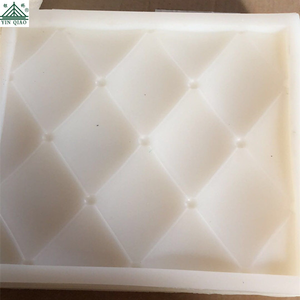
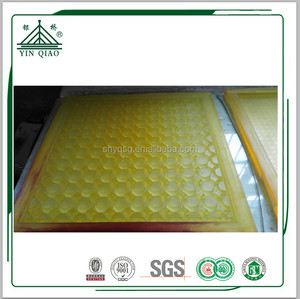
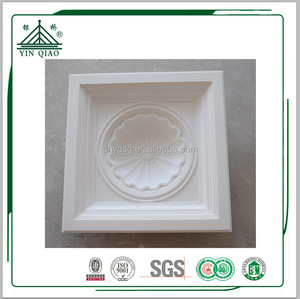
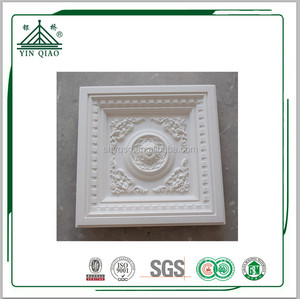
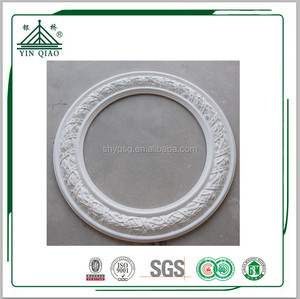
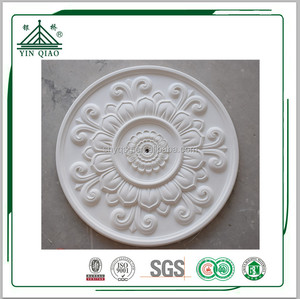

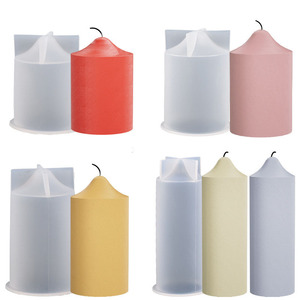





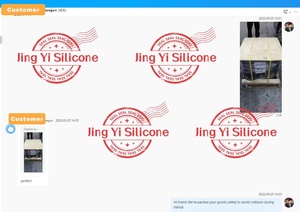













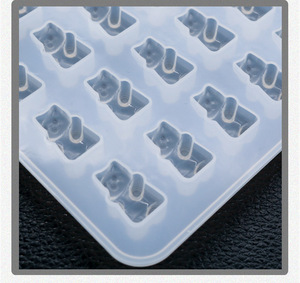
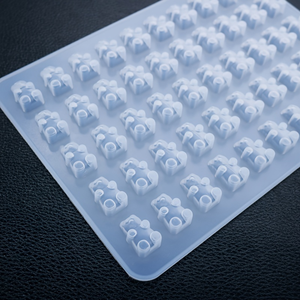
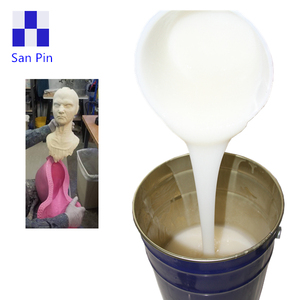




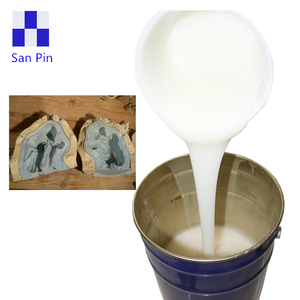

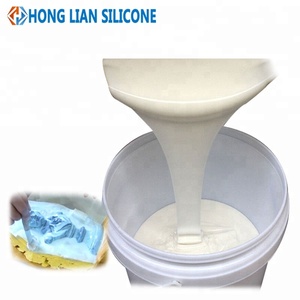
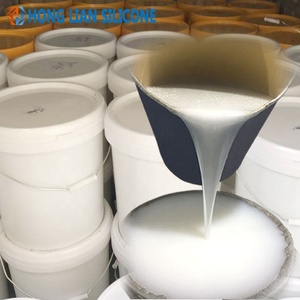






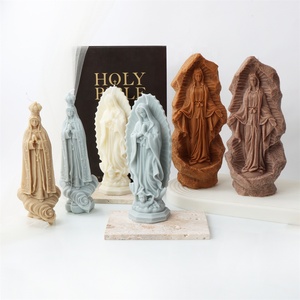

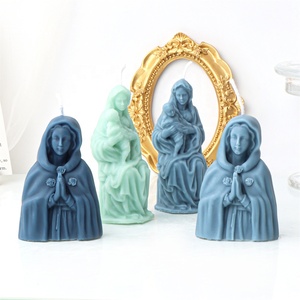




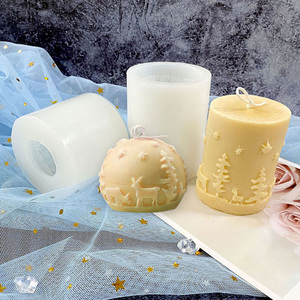
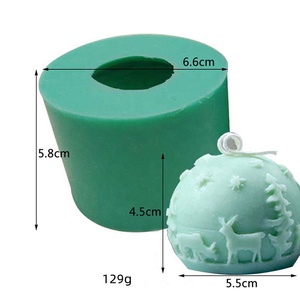
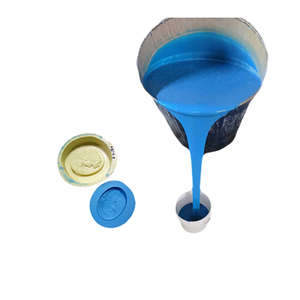
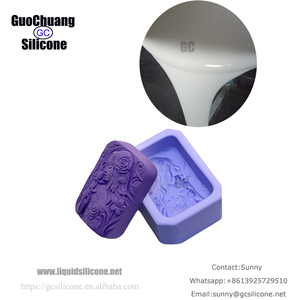
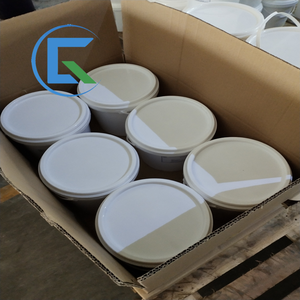






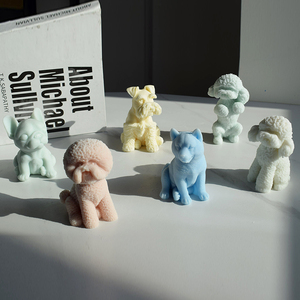

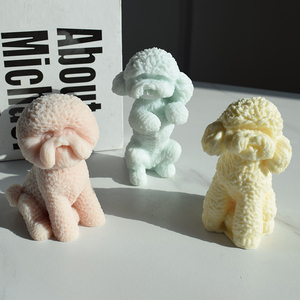
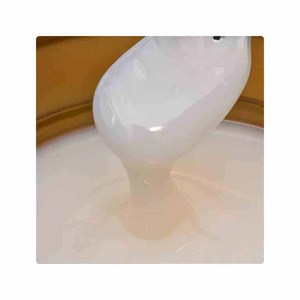
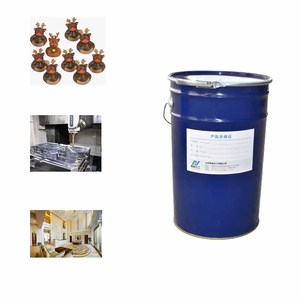


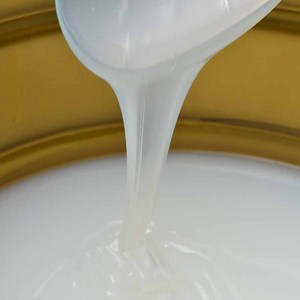






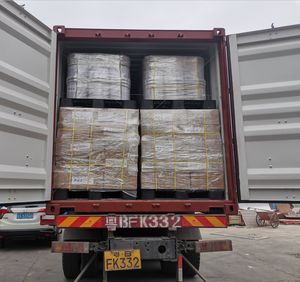

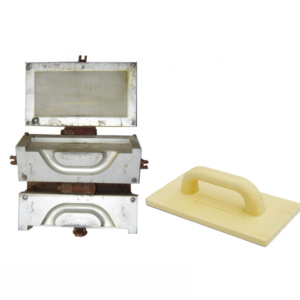
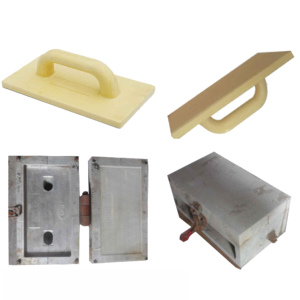
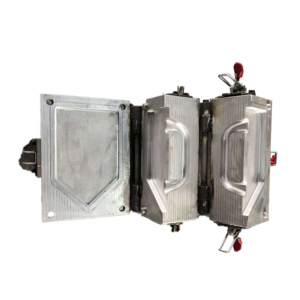
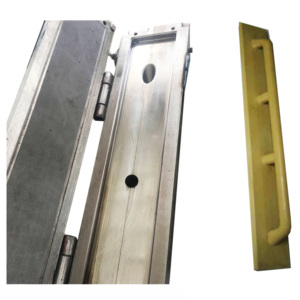






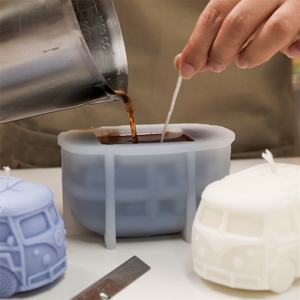

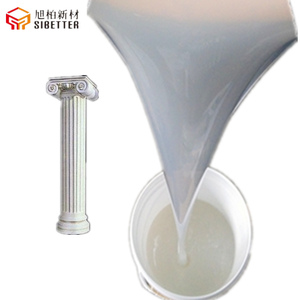
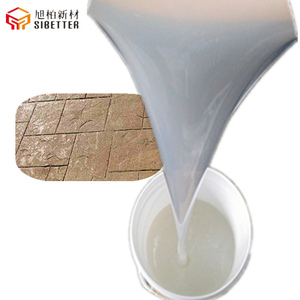


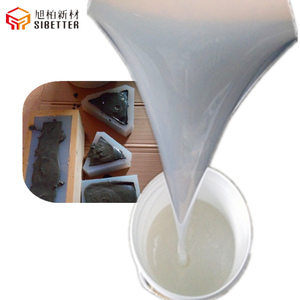


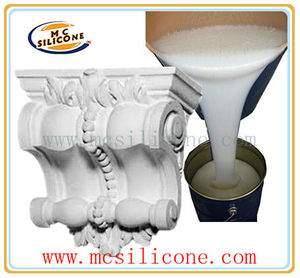


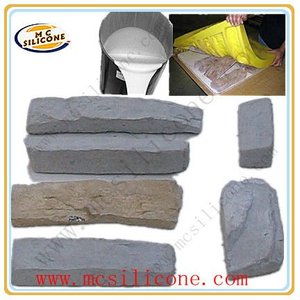


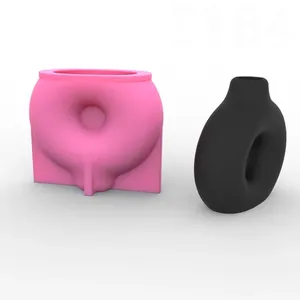







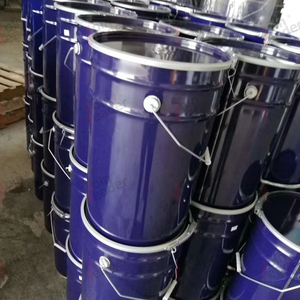


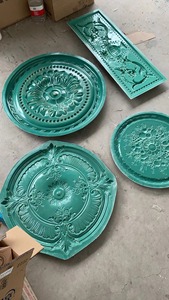
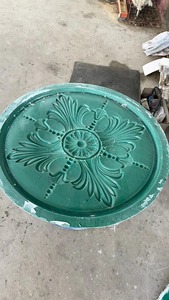






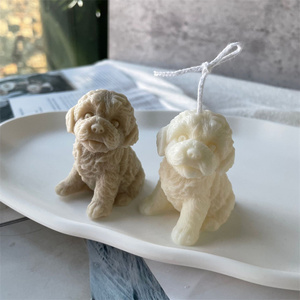

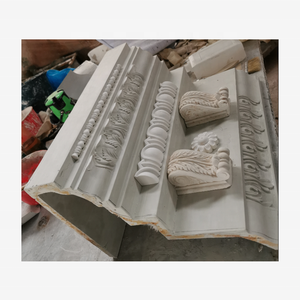
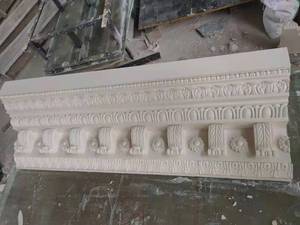

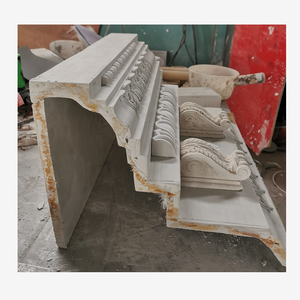
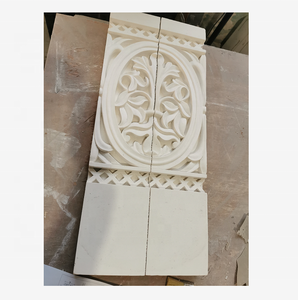







Top categories
About make plaster mold
Plaster mold is a mold mixture that is made by combining gypsum, strengthening chemicals, and water. The plaster used is not pure plaster of Paris. Instead, it contains additives that increase green strength, dry strength, permeability, and casting properties. Talc or magnesium oxide are often used to minimize cracking and shorten the setting time. The plaster pattern is usually constructed of metal or rubber and covered with an anti-adhesive chemical to keep it from sticking to the mold. If the plaster molding has reentrant angles, an internal angle of more than 180°, or complicated angular surfaces, a rubber mold is more flexible than metal and may be removed. Plaster covers the holes surrounding the mold. After casting a component, the plaster material frequently splits or develops faults, necessitating the replacement of the mold with a new one.
The process of plaster mold casting
Plaster mold casting begins with parting line determination. This is a basic two-part or more sophisticated three-part process. After mixing the plaster for casting molds, the design is sprayed with anti-adhesive. Pour and shake the plaster to fill the design. After 15 minutes, the plaster hardens, and the pattern is removed to make a mold. Baking the mold removes extra water. After drying, the mold is constructed, warmed, and filled with molten metal. Finally, the plaster breaks from the cast once the metal solidifies. When the casting process cannot or will not economically accommodate a high-tolerance geometry, final machining is often used to achieve such a geometry. Cleaning, grinding, heat treatment, and blasting are typical finishing steps. As a kind of disposable mold method, plaster mold casting often does not involve reusing the molds. Metals that do not contain iron are the only ones that may be utilized in this method. Castings ranging in size from 30 g to 45 kg may be made with it. Plaster is a quicker manufacturing method as it usually takes less than a week to produce. Plaster molds may achieve rates ranging from one to 10 units per hour.
Advantages of plaster mold
Plaster molds are also less costly, faster to manufacture, reusable, more precise than steel molds, and simple to modify. More intricate components may be cast using plaster molds. With plaster's poor heat capacity and thermal conductivity, metal in the molds cools more slowly than in sand molds, allowing the metal to fill even narrow cross-sections. At least 0.024 inches of cross-sectional area is required. The end product is a casting that is almost a net form, which may help keep costs down for complicated components. Additionally, it generates very little waste with a smooth, as-cast finish. Plaster molds increase efficiency with fast and economical production. Customize plaster molds to suit specific needs at affordable prices from manufacturers and wholesalers on Alibaba.com.
Applications of plaster mold
While alternative methods, like investment casting, may produce huge components at a lower cost, plaster casting achieves a better degree of dimensional precision than sand casting, and it produces products with a very smooth surface finish. It also allows for the casting of complicated structures with thin walls. Components for locks, gears, valves, decorations, fittings, and toolings are often made using plaster molds for ceramics. The fabrication of prototypes and components made of aluminum and zinc in small quantities also makes use of it. Therefore, plaster molds are significant in various industries, including art, automotive, and jewelry.
